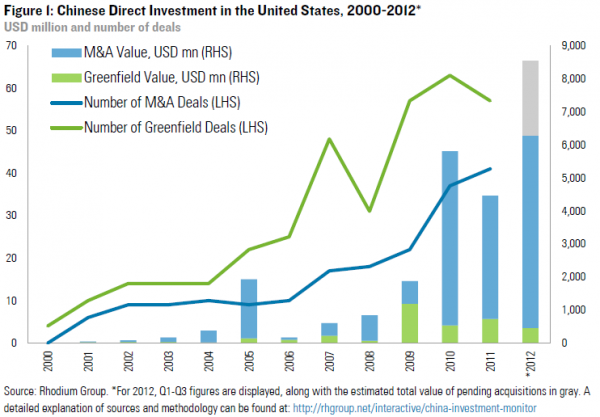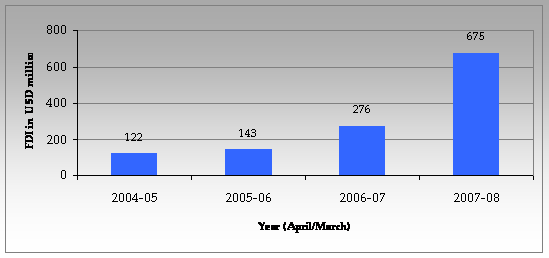Foreign Direct Investment Trends In India
Post on: 16 Март, 2015 No Comment

India is the third most attractive foreign direct investment destination in the world, behind China as number one and the United States as number two. In 2008, India was ranked number two but slipped to the number three spot given the economic downturn and the surge of investments by Chinese and Indian firms acquiring American companies.
According to Indias Department of Industrial Policy and Promotion, despite the global recession and liquidity crunch, the Indian economy recorded an 11 percent increase in FDI in 2008-09, with sectors like chemicals and telecommunication experiencing robust growth of 227 percent and 103 percent respectively.
India received approximately US$25 billion worth of FDI in 2007-2008; that number increased to US$27 billion in 2008-2009, highlighting Indias ability to remain resilient and attract investment despite the global slowdown. While no target has been fixed for the financial year 2009-10, so far FDI inflows for April and May 2009 have surpassed US$4.4 billion.
FDI policy and regulations
The Department of Industrial Policy and Promotion provides official information about Indias FDI policy and procedures. Overall, among the emerging economies, India has one of the most liberal and transparent policies on foreign investment. Foreign investment up to 100 percent is allowed under the automatic route in all activities and sectors except the following, which require prior approval of the government:
Sectors prohibited for FDI
Activities and items that require an industrial license

Proposals in which the foreign collaborator has an existing financial/technical collaboration in India in the same field
Proposals for acquisitions of shares in an existing Indian company in the financial service sector and where Securities and Exchange Board of India (substantial acquisition of shares and takeovers) regulations, 1997 is attracted
All proposals falling outside notified sectoral policy/CAPS under sectors in which FDI is not permitted
According to the International Trade and Development Division of the Indian government, the countrys foreign trade policies have been formulated with a view to invite and encourage FDI. The Reserve Bank of India (RBI) manages the administrative and compliance aspects of FDI. Foreign investment can be divided into two broad categories: investment under the automatic route and investment through prior approval of government.














